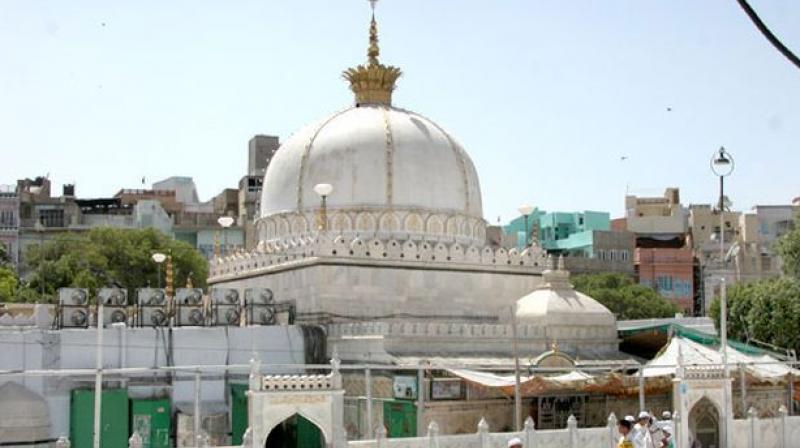Mystic Mantra: Sufism connotes syncretism

Ajmer Sharif is the prime Sufi shrine in India with its anniversary (Urs) being one of the largest spiritual congregations in the world. The 805th Urs of Ajmer Sharif is around the corner. On this occasion, followers of all faith, traditions flock to the shrine of the 11th century Muslim mystic who founded the Chishti Sufi order in India — Hazrat Khwaja Moinuddin Chishti, popularly known as Gharib Nawaz (benefactor of the poor). Along with the Chishti tradition, numerous Sufi silsilas (orders) like Naqshbandiyya, Suhrawardiyya and Quadriyah were founded by the saintly figures in India. The annual occasions of Urs are observed to mark the death anniversary of every departed Sufi mystic. Though the Urs are seen as purely Islamic congregations, however, followers of all religions participate in the shrine visitation with an equal veneration.
The Urs tradition in Ajmer Sharif began in 1236 when Gharib Nawaz, after praying in seclusion for six continuous days, met his Lord. Since then the annual Urs has been observed for six days as an occasion of spreading Khwaja’s core messages: love for all, hatred for none, social amity, communal harmony and spiritual synergy. In fact, the Urs celebrations like the one in Ajmer Sharif greatly contribute to the strengthening of the mystical foundations on which the country’s composite culture rests. They reveal how different religions and cultures in India coexisted, exchanged and accepted each other’s universal values in order to formulate a composite society.

